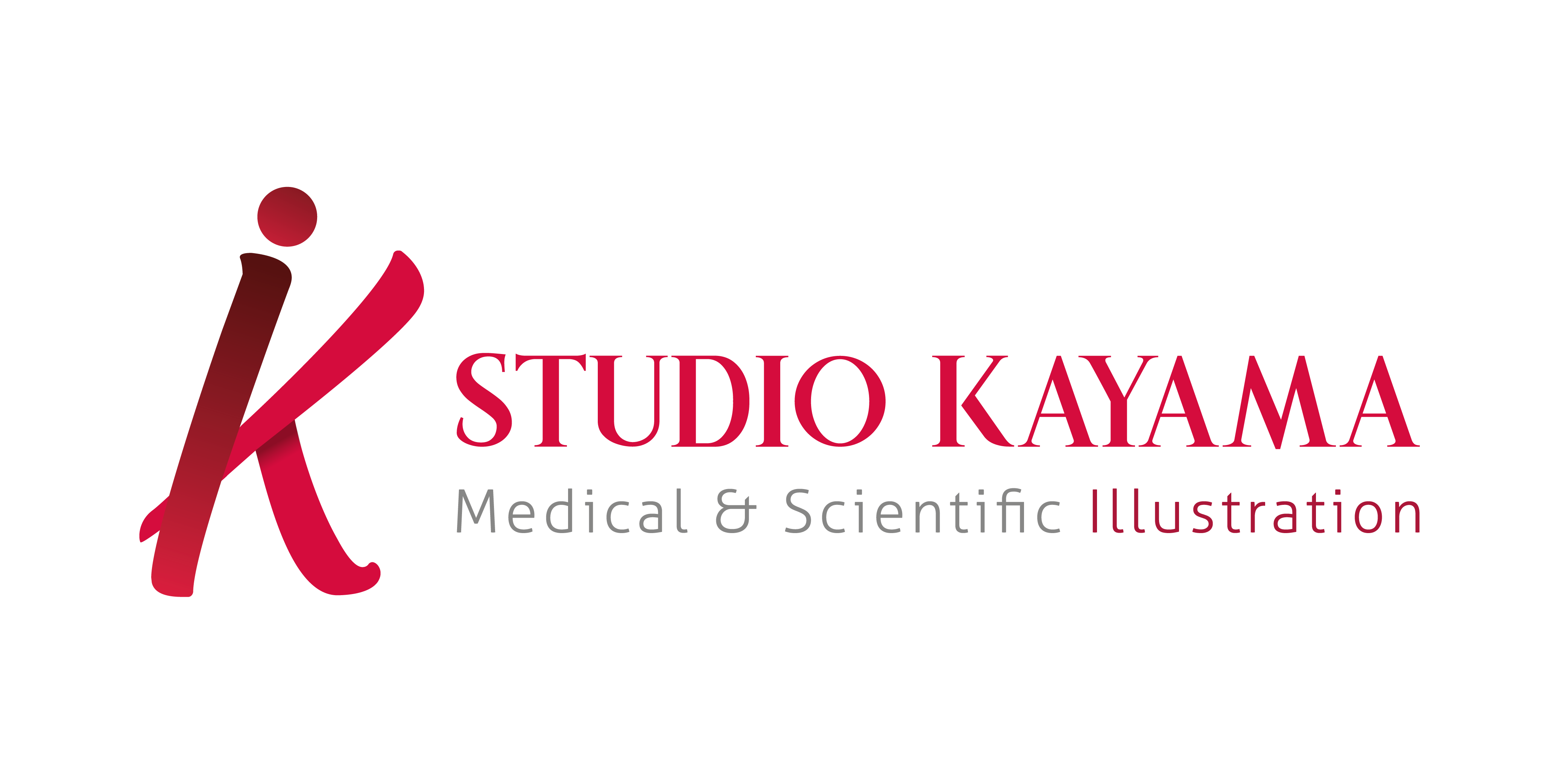Have a 10 minute PowerPoint presentation slot at the next meeting?
Scientific Presentations are an effective way of sharing research, gaining professional recognition, and attracting attention to novel approaches and findings. The problem is, most presentation slots are competitive to get at many professional conferences and meetings.
First the abstract is submitted, and the best ones are invited to speak. To add to the competition, most oral slots are only 10 minutes long. Is it possible to squeeze in months and months worth of research and findings into a 10 minute talk?
The answer is YES!
Two Acronyms to remember: KISS and KILL
First let me tell you what the two words stand for:
KISS = Keep it Short and Simple
KILL = Keep it Large and Legible
If you keep these 2 presentation tips in mind when you’re working on your presentation, you will find it easier to organize your data, save time, and be more memorable.
Tip 1. KISS: Organize your data and simplify when possible:
The number 1 mistake I see when attending professional scientific meetings is that the presenter tries to fit as much information as possible into a 10 minute presentation. Why not? They probably worked months to get the data and why not present it all? It is hard to resist showing off all the novel approaches and findings. Also, it’s important to show how much you are familiar with the topic and be seen as the expert.
The truth is, when more ideas are presented, the audience actually gets less out of it. When organizing your data, try to think about 2-3 main points that the audience should really understand and appreciate. If there are too many things to focus on, the audience gets confused and stops paying attention.
My hero Steve Jobs calls it the “magic microphone speech”. If you can speak one sentence into the “magic” microphone and everyone in the world can hear your ONE sentence, what would it be?
Can you fit your objectives in one slide? No? Well, then you probably have too much. Take off repetitive adjectives and think about how your audience will benefit from your talk.
Here’s an example of a slide that’s too crowded and boring:
The speaker will probably speak the list, but there’s no need to show it and say it. Keep the slides simple! Try something like this:
Instead of listing the topics, this slide focuses on what the audience would get out of the presentation. Now it’s all kinds of interesting. It’s nice to have an image too!
Speaking of slides, did you use big fonts? Because that’s the #2 most common mistake.
Tip 2. KILL: Use big letters. Have them large and legible
When preparing a presentation, it is very likely that you are putting the presentation together on a laptop. The screen is very close to you (less than few feet) and it’s easy to read all the bullets.
Don’t forget about how the PowerPoint is going to be projected. Depending on the size of the audience, the screen might be very very far from the person sitting near the back (more than 100 feet).
Remember, not everyone has great eyesight. Keep the letters large and legible. Also important to keep in mind is to use good colors so your slides are easy to read.
How big is big enough? Usually 36pts for title is big enough, but bigger is always better. If the letters look too thin, consider using bold. When in doubt, take a stretch break and walk away from the screen and try to read the slides from the far end of the room.
When large letters are used, it might be that the text needs to be shortened. Oh hey! That takes us back to Tip #1. Simplify when possible! It will be best if you can use less than six words per line. Try to keep the line number to a minimum and try to use a large and legible image to go along with your nice presentation.
First remember, KISS and KILL!
PS: Did you get your copy of “10 Design Mistakes that Ruin Your PowerPoint Presentation?” Get your free copy today!






Very nice article!
I’d like to add one point that I find very important and that is often forgotten or neglected.
Use the power of visual communication, use illustrations designed for your talk and don’t just copy the ones that were used in the paper. People will remember this (because you will stand out) and will cite you. Everybody that ever attended a conference knows that many people in the audience write down a reference if they see a great illustration that clarifies a difficult concept. This happens all the time. And the next thing that happens is that they will cite it in their next publication. Use these 10 mins for that. What is more important for a scientific career than people citing your work?
I’m a post-doctoral researcher and scientific illustrator myself. I see it happening all the time.
Again, great article and very useful tips. Wished that more scientist start taking this advice to practice. The communication part is so important. It shows that you care about your research.
Luk
Thank you so much for your insight Luk! It’s a very good point about using high-quality illustrations that will make your presentation more memorable.
Thank you for sharing your personal experience about getting more citations through use of clear, strong visuals. Sending you all the best with your research.